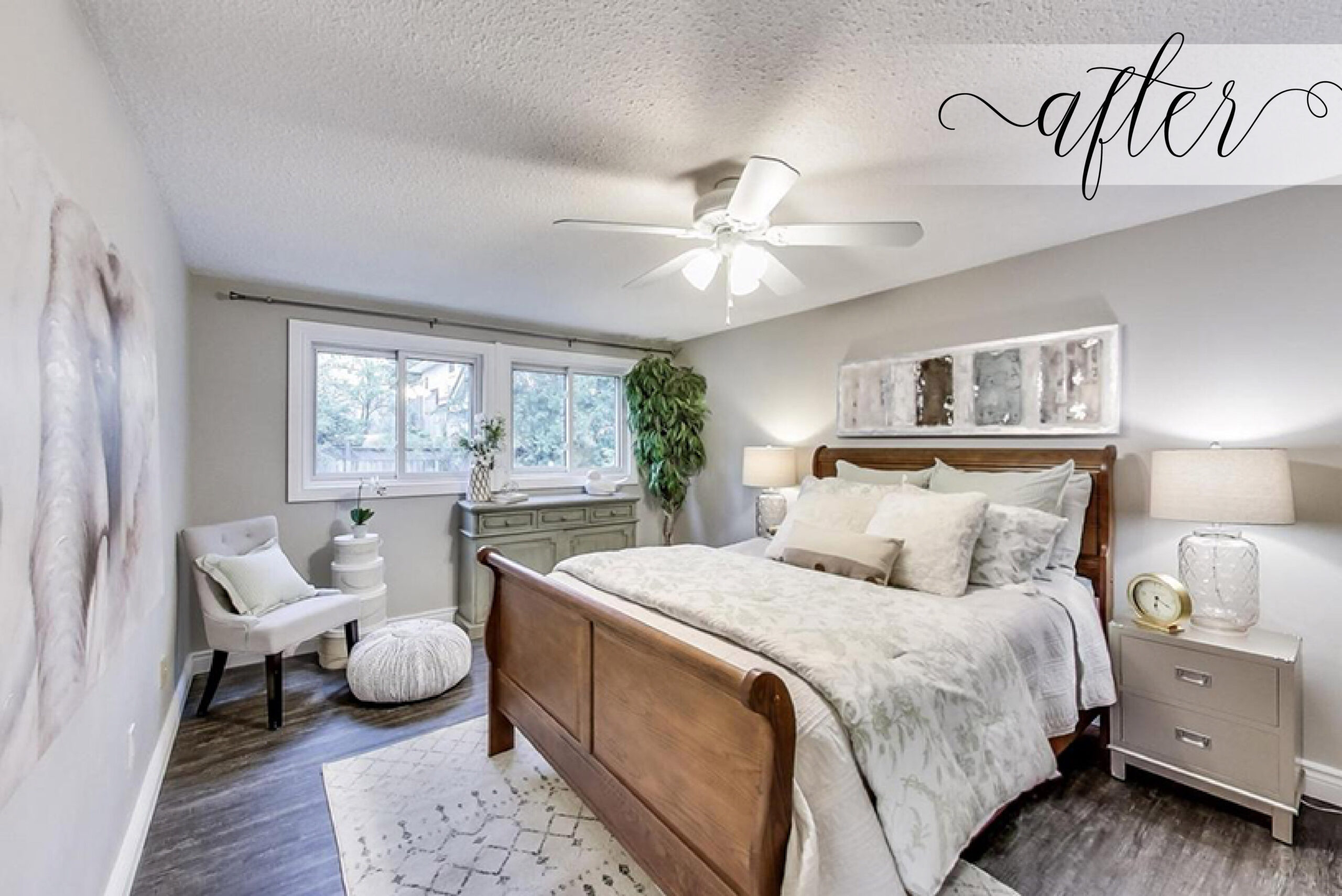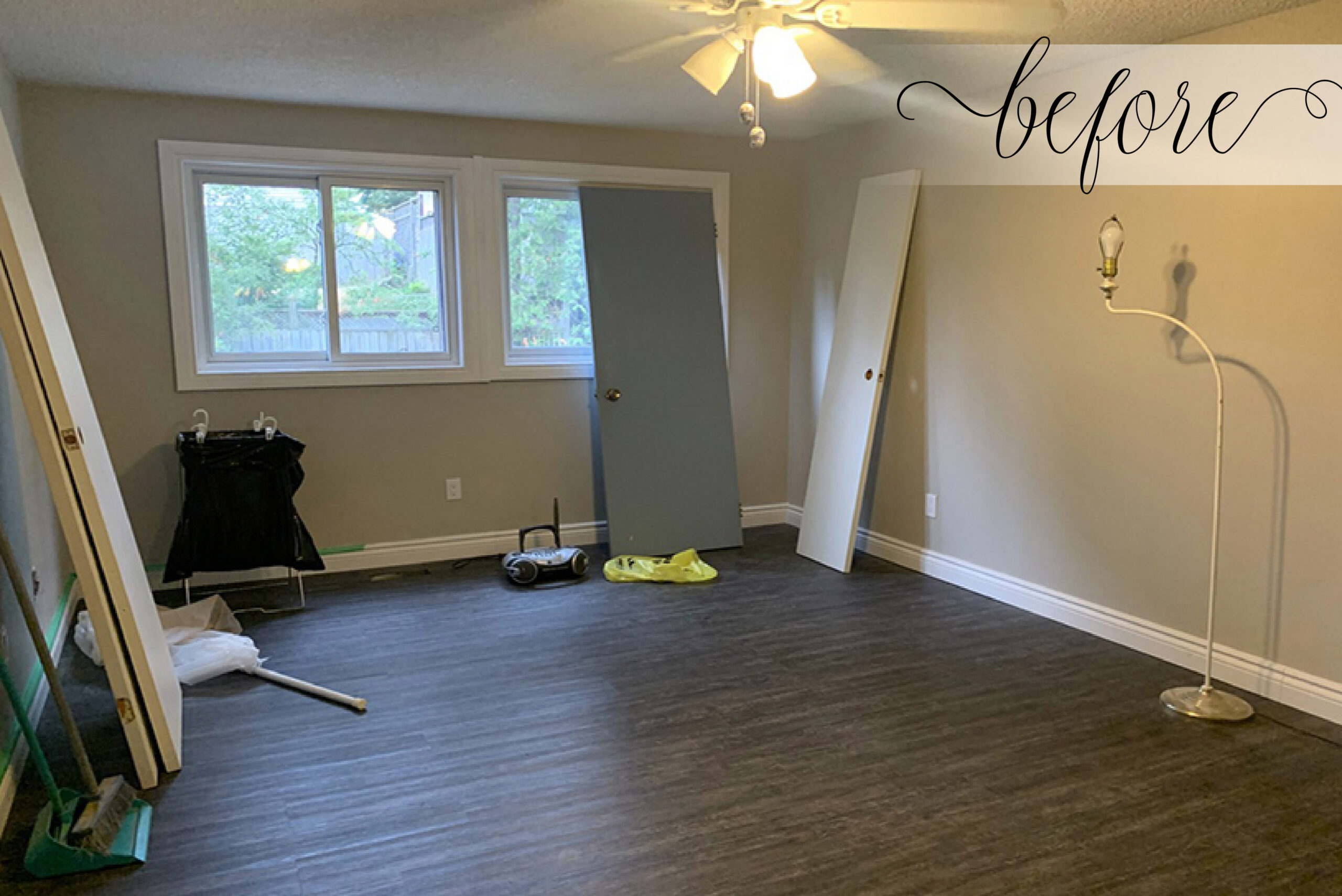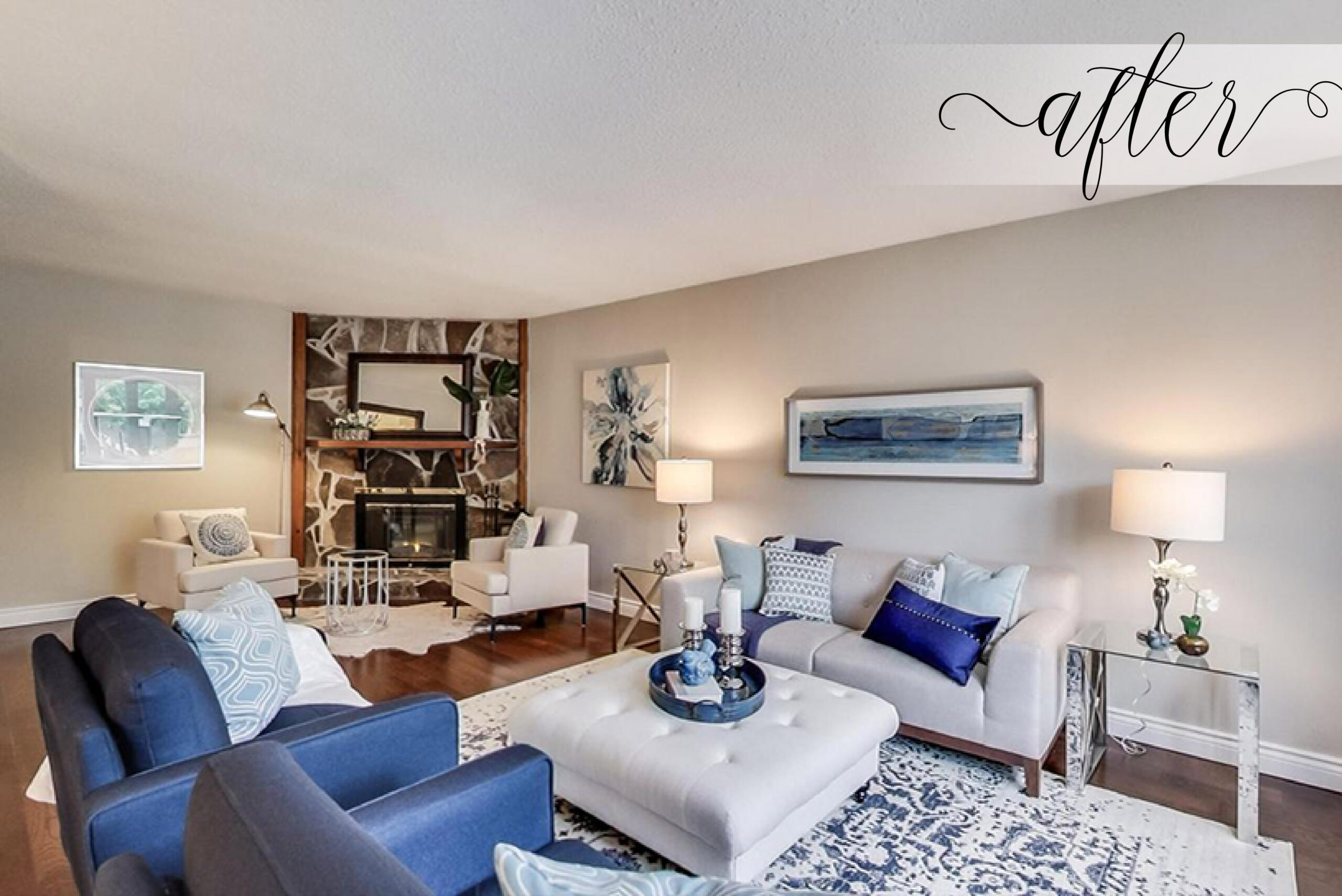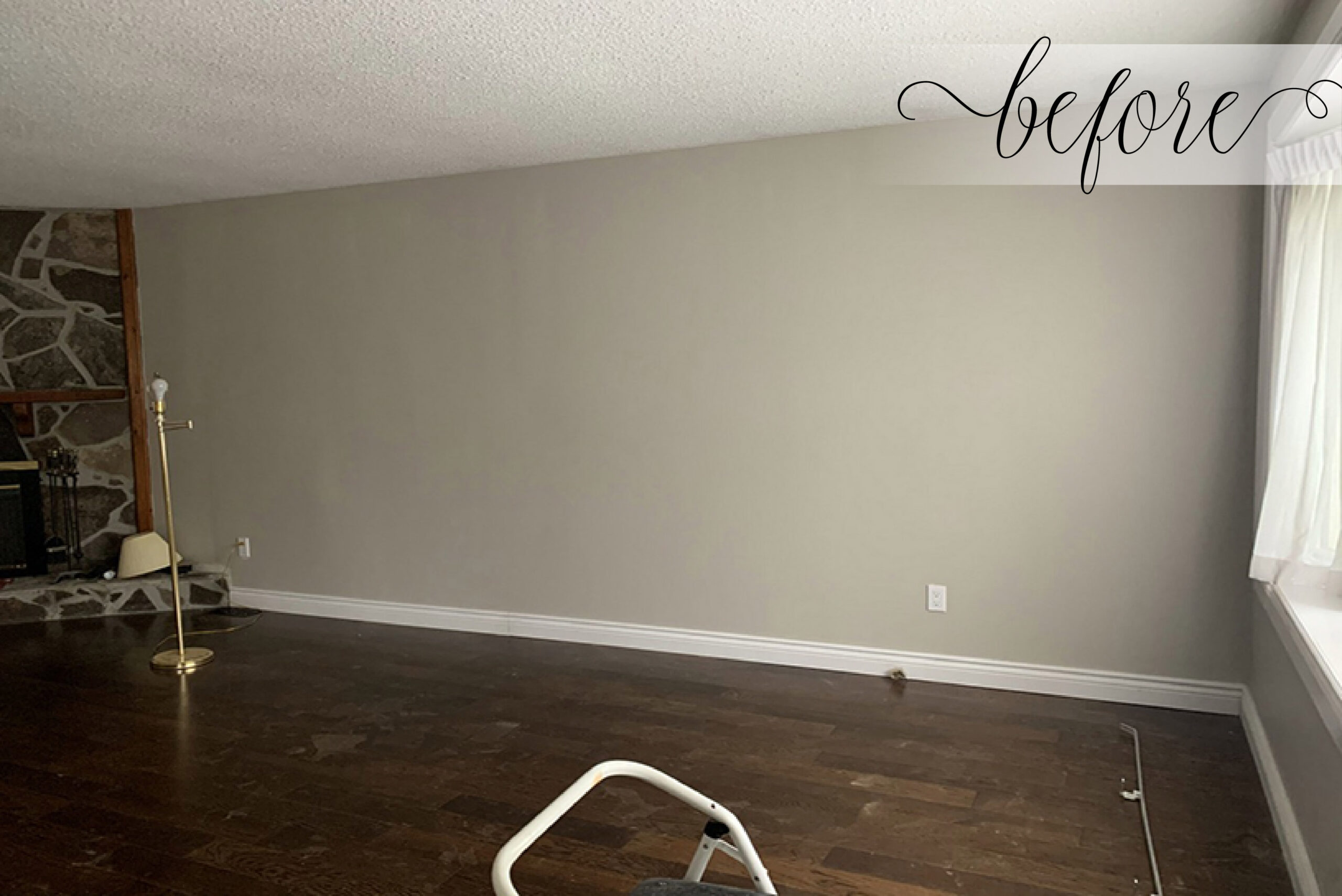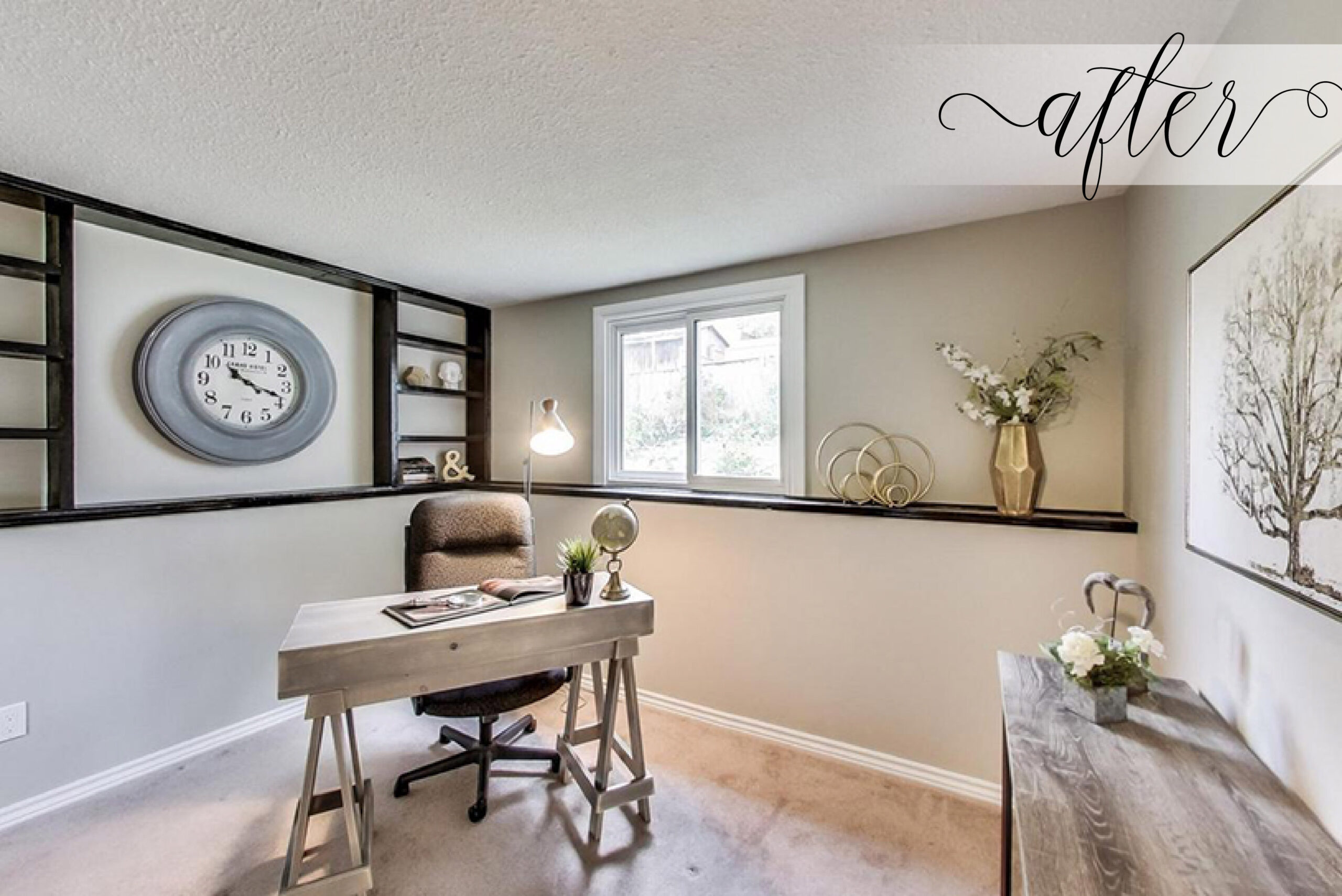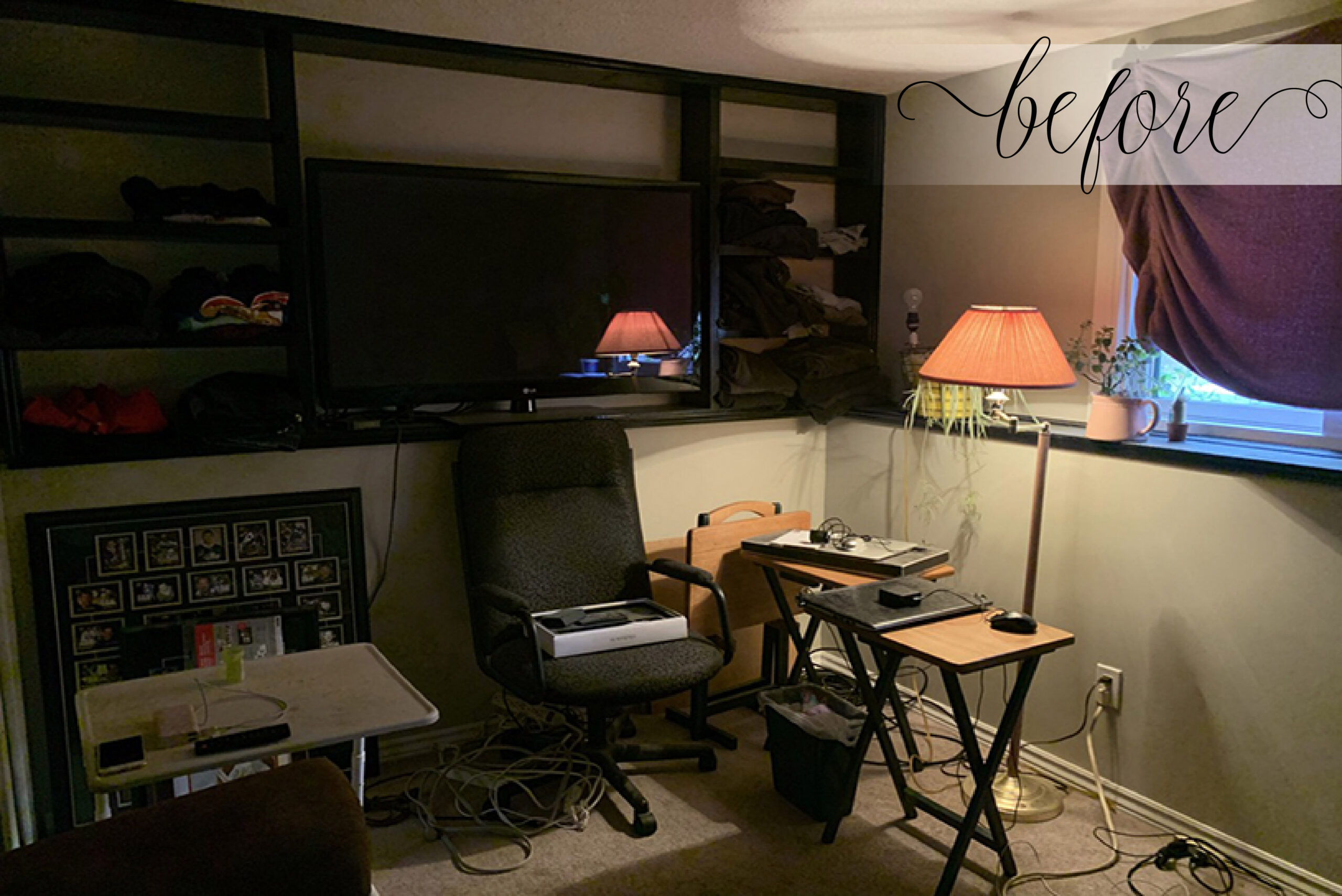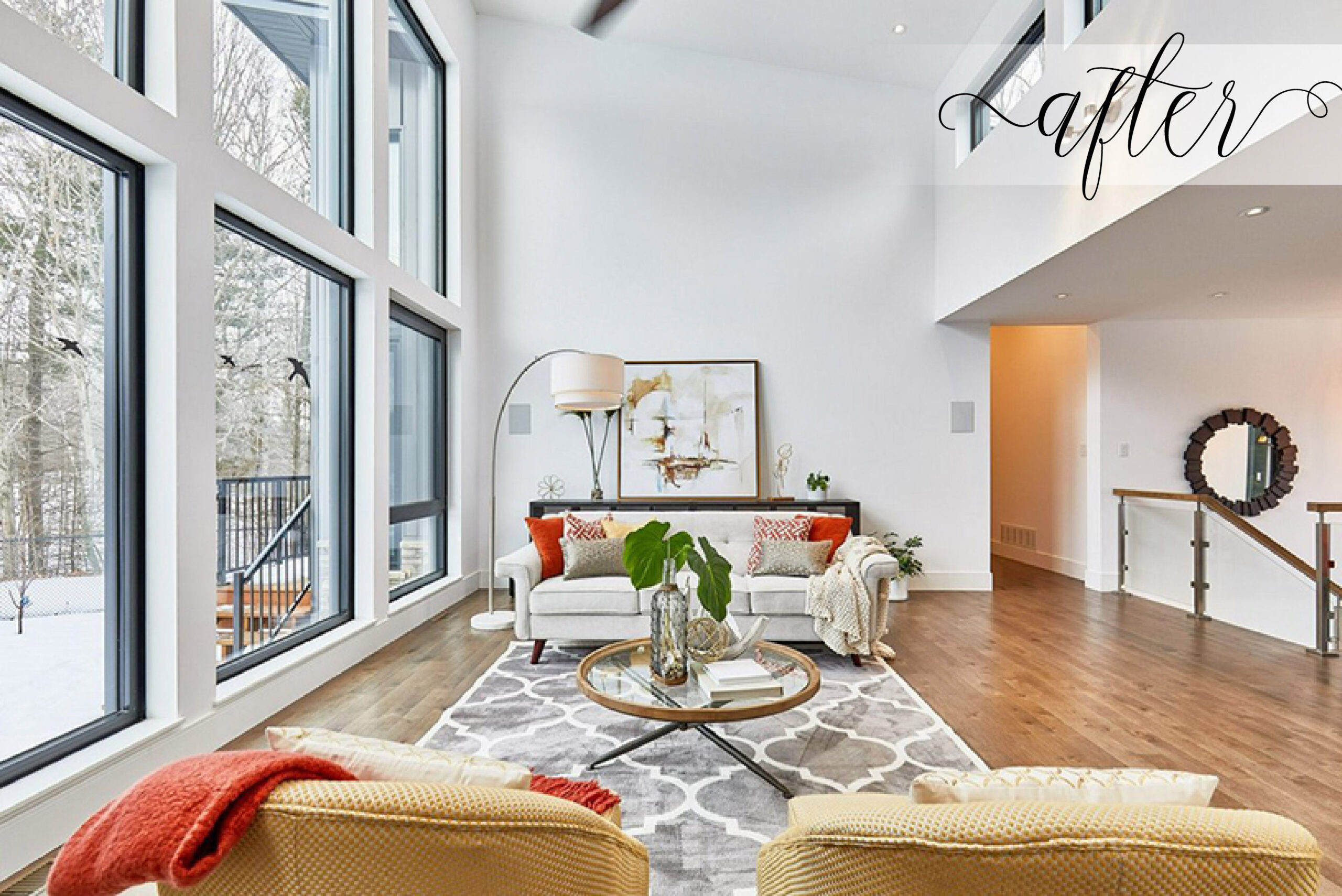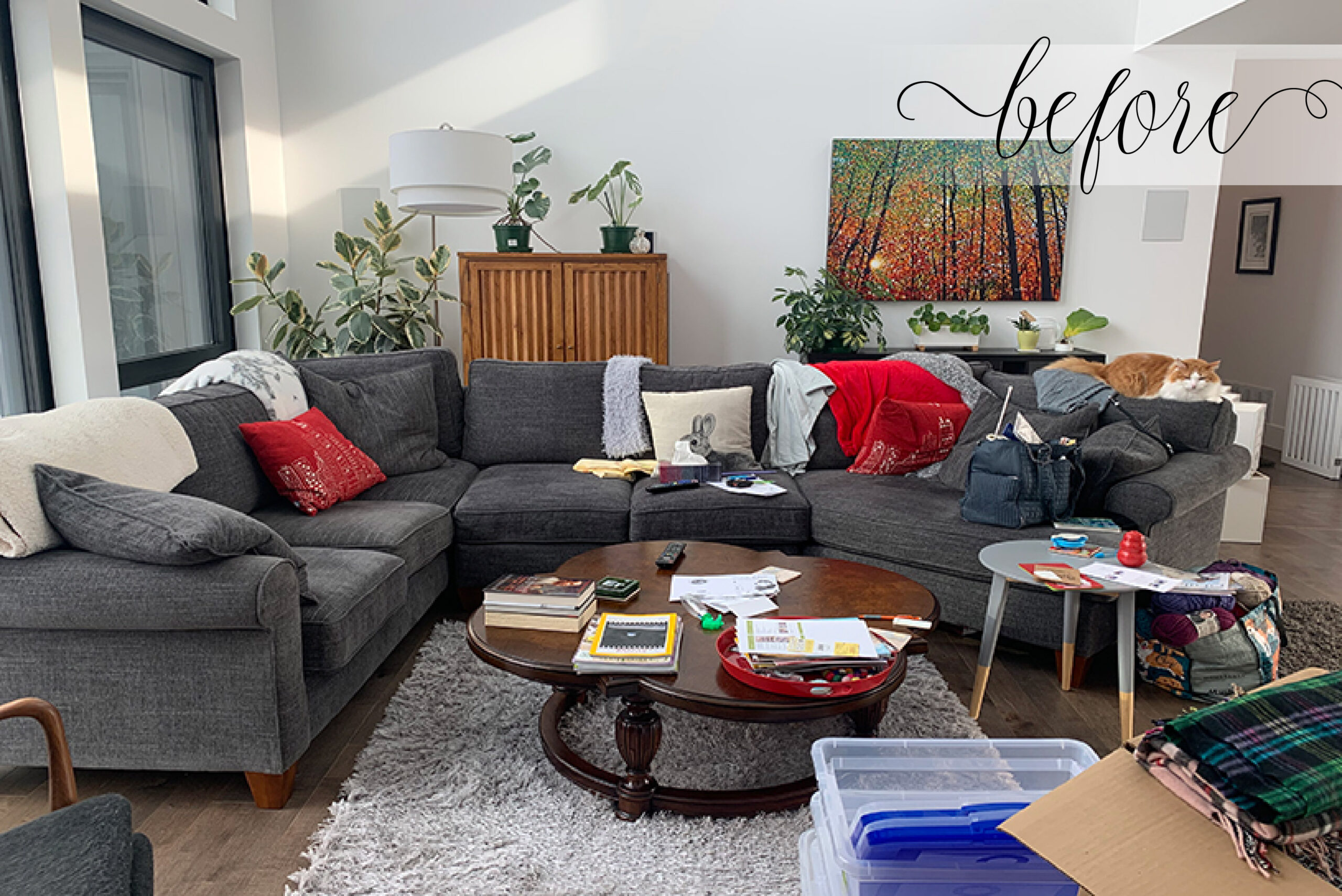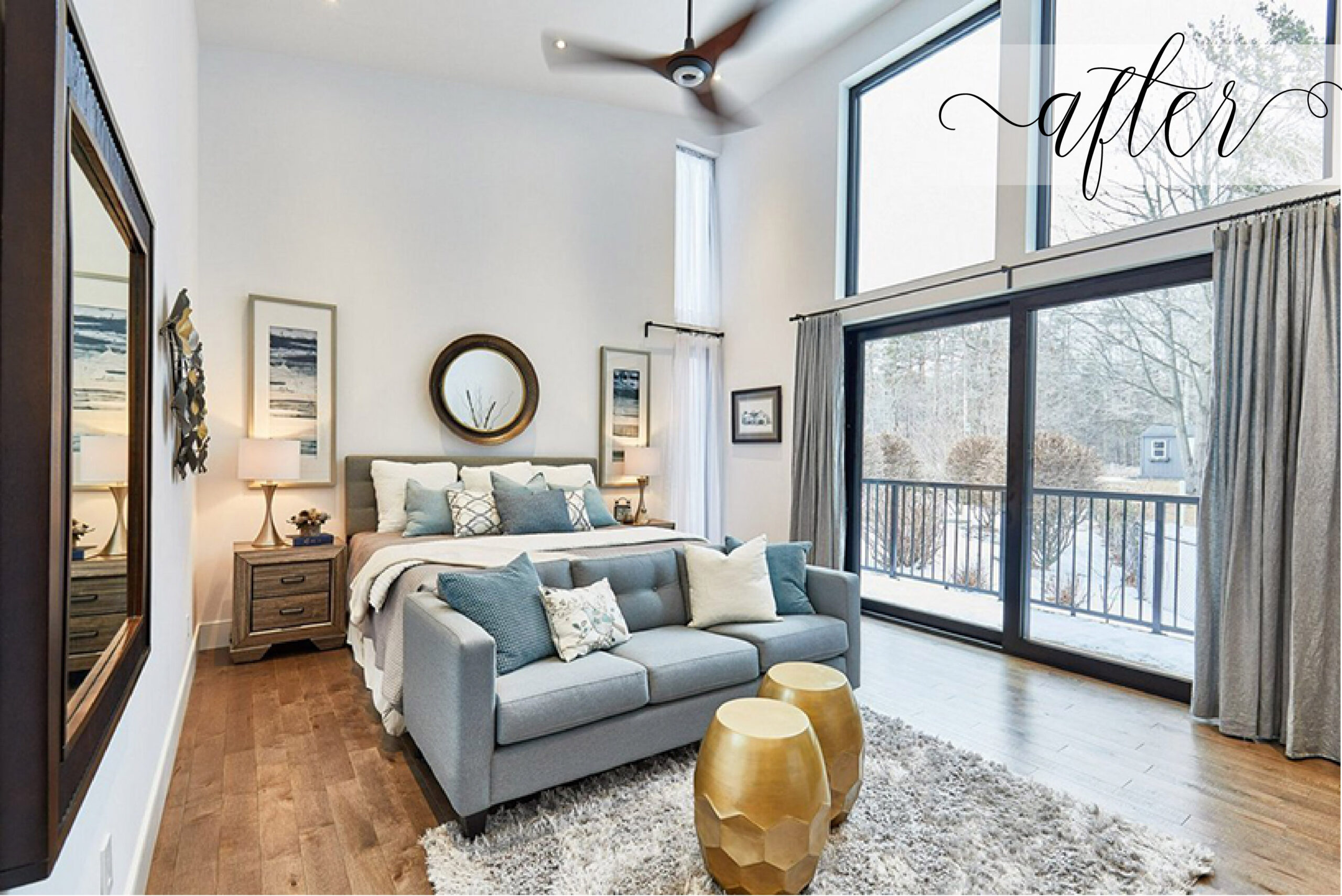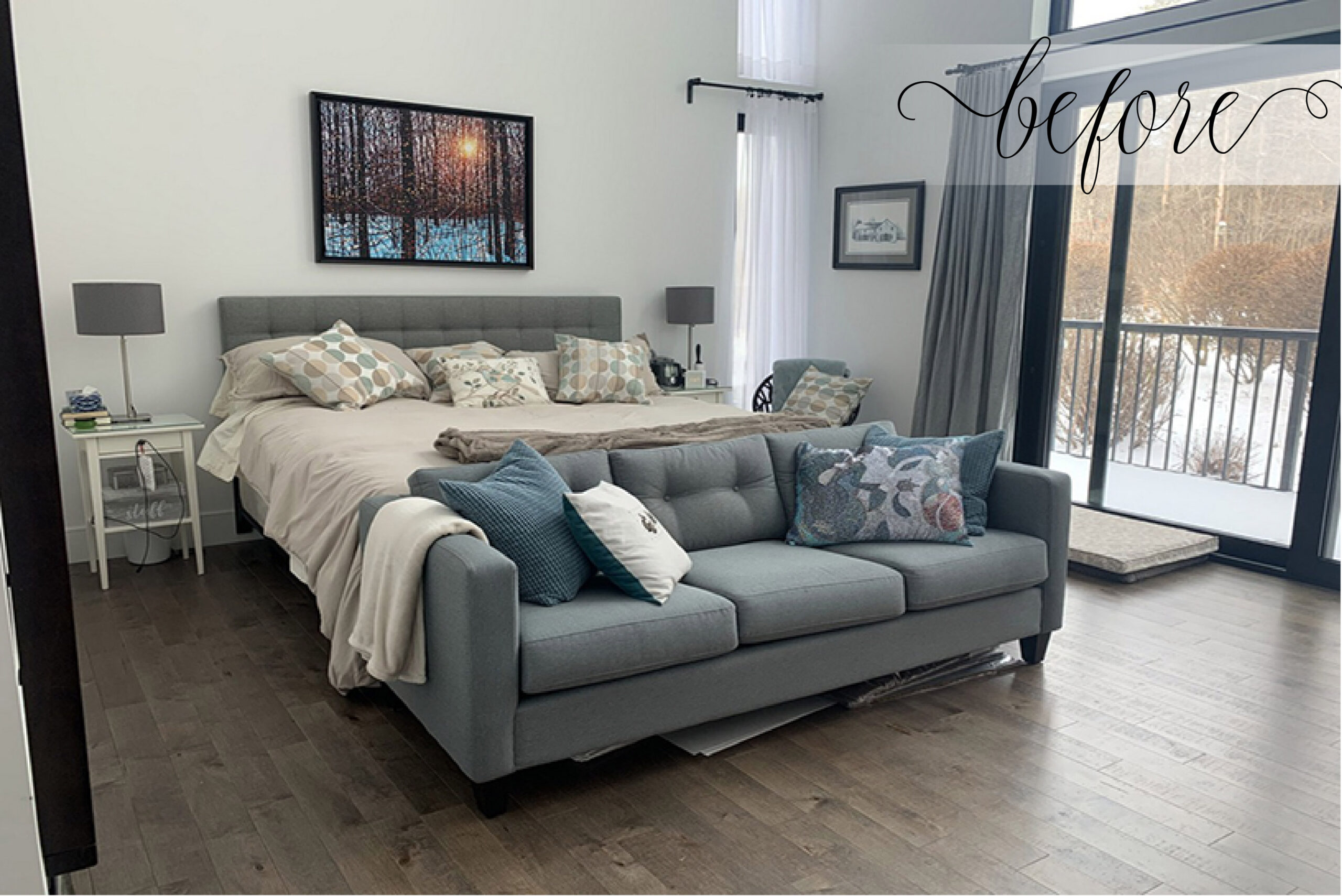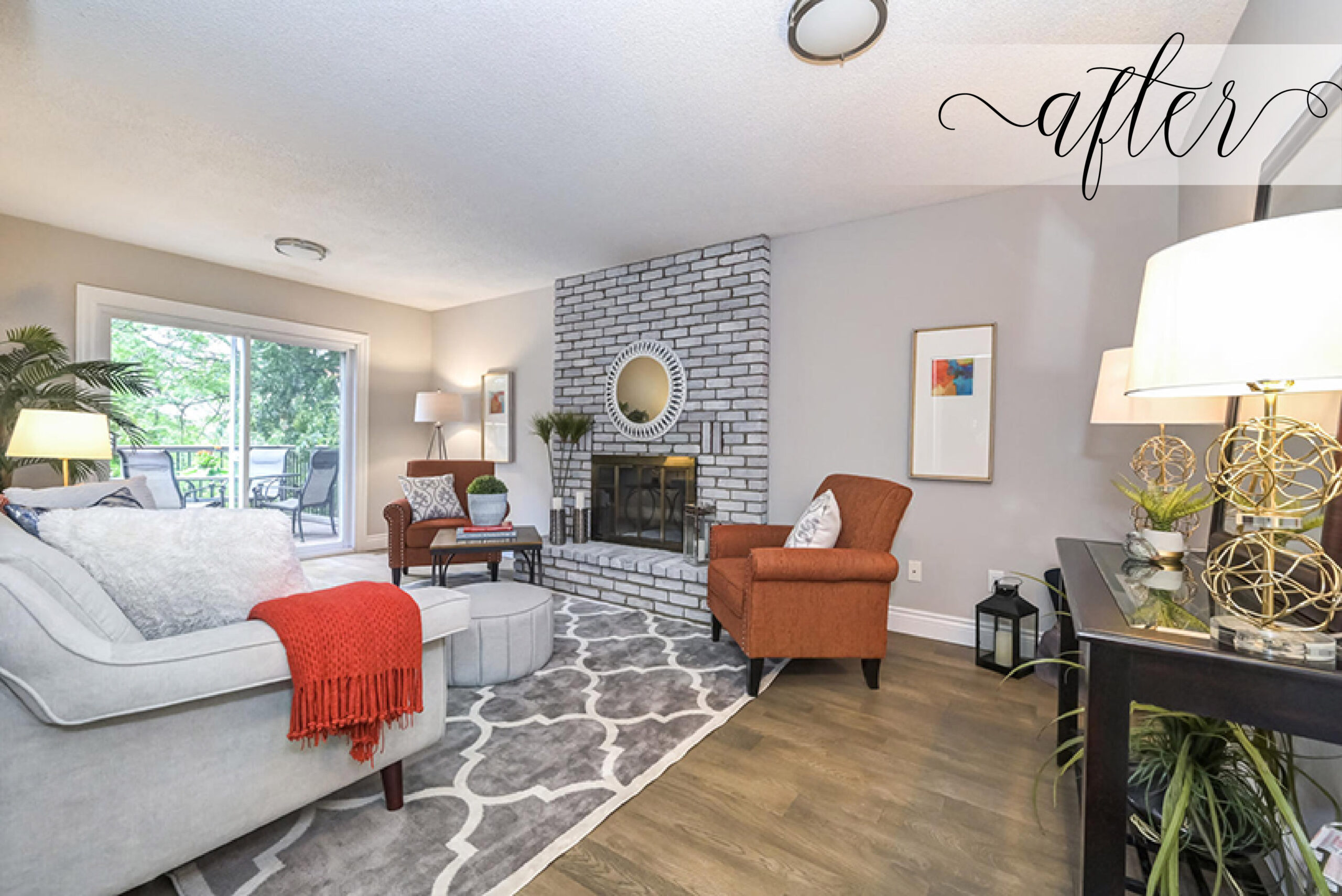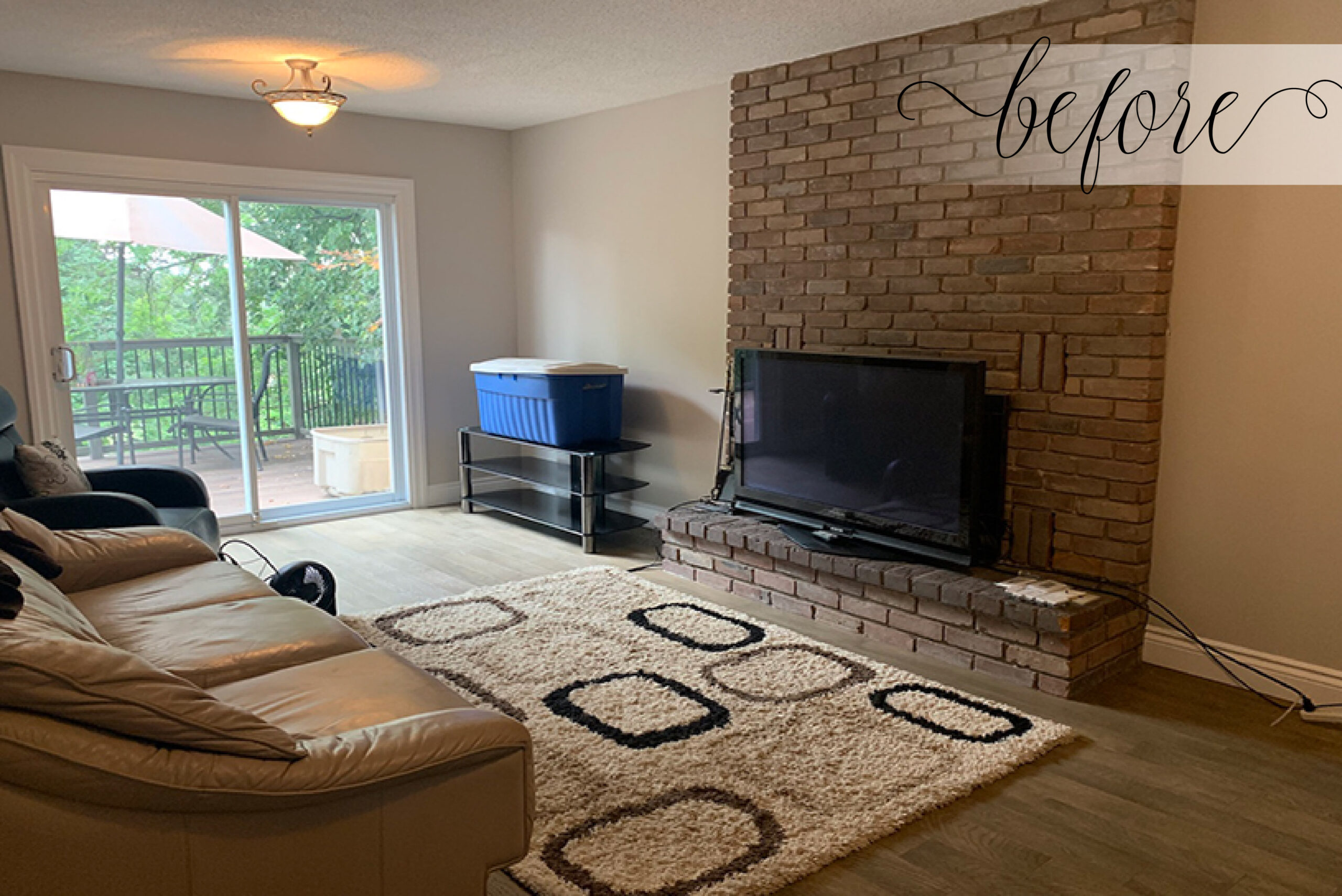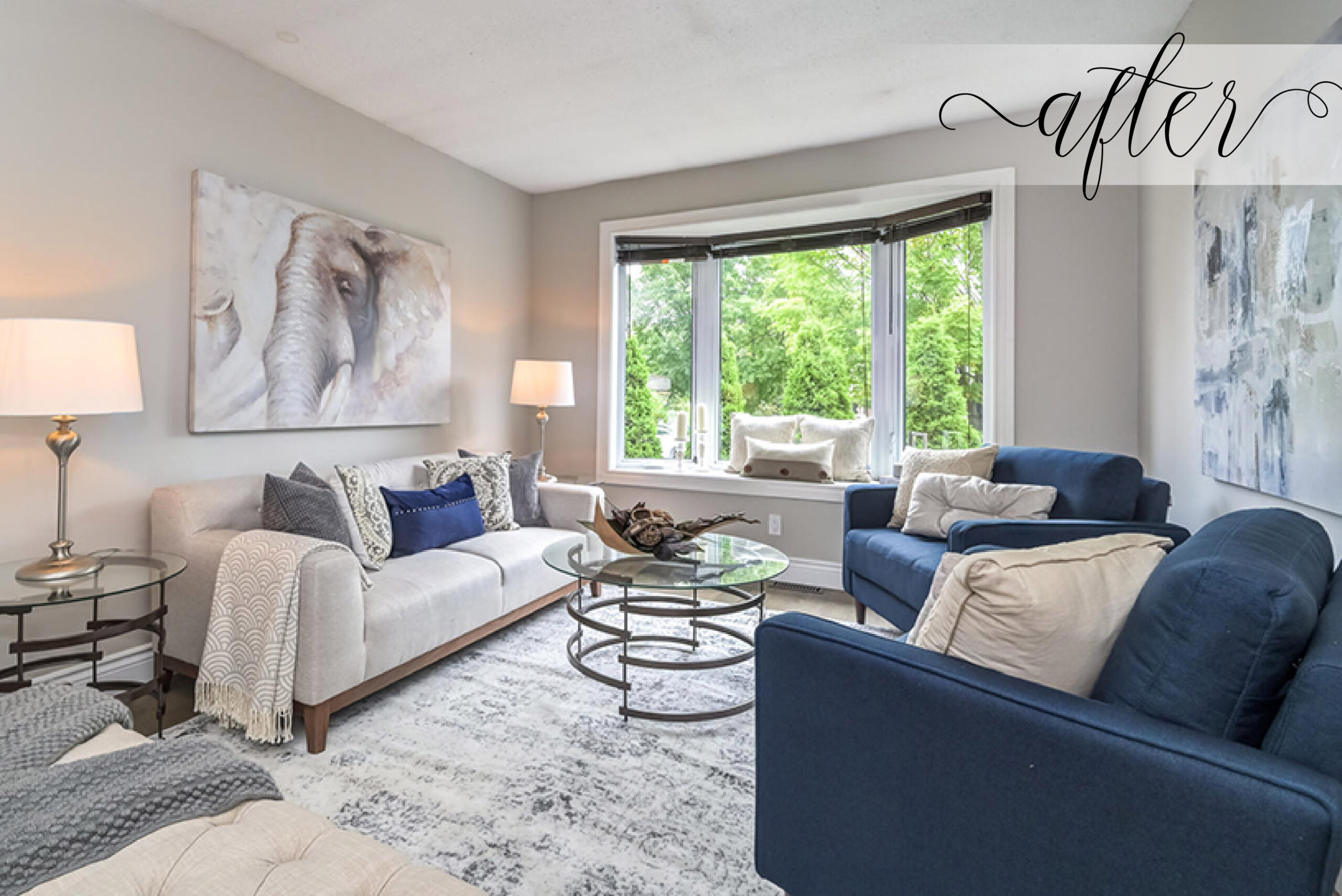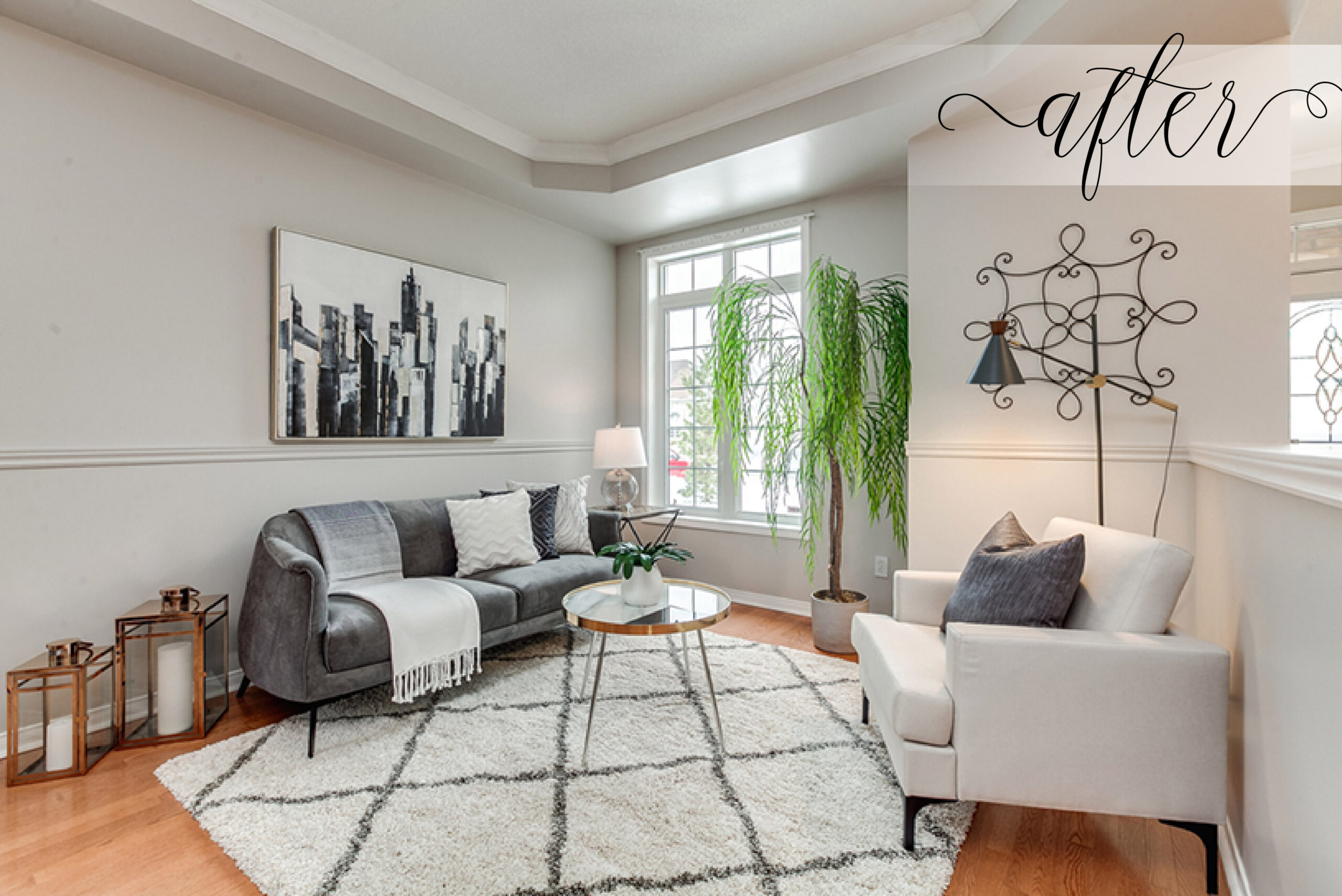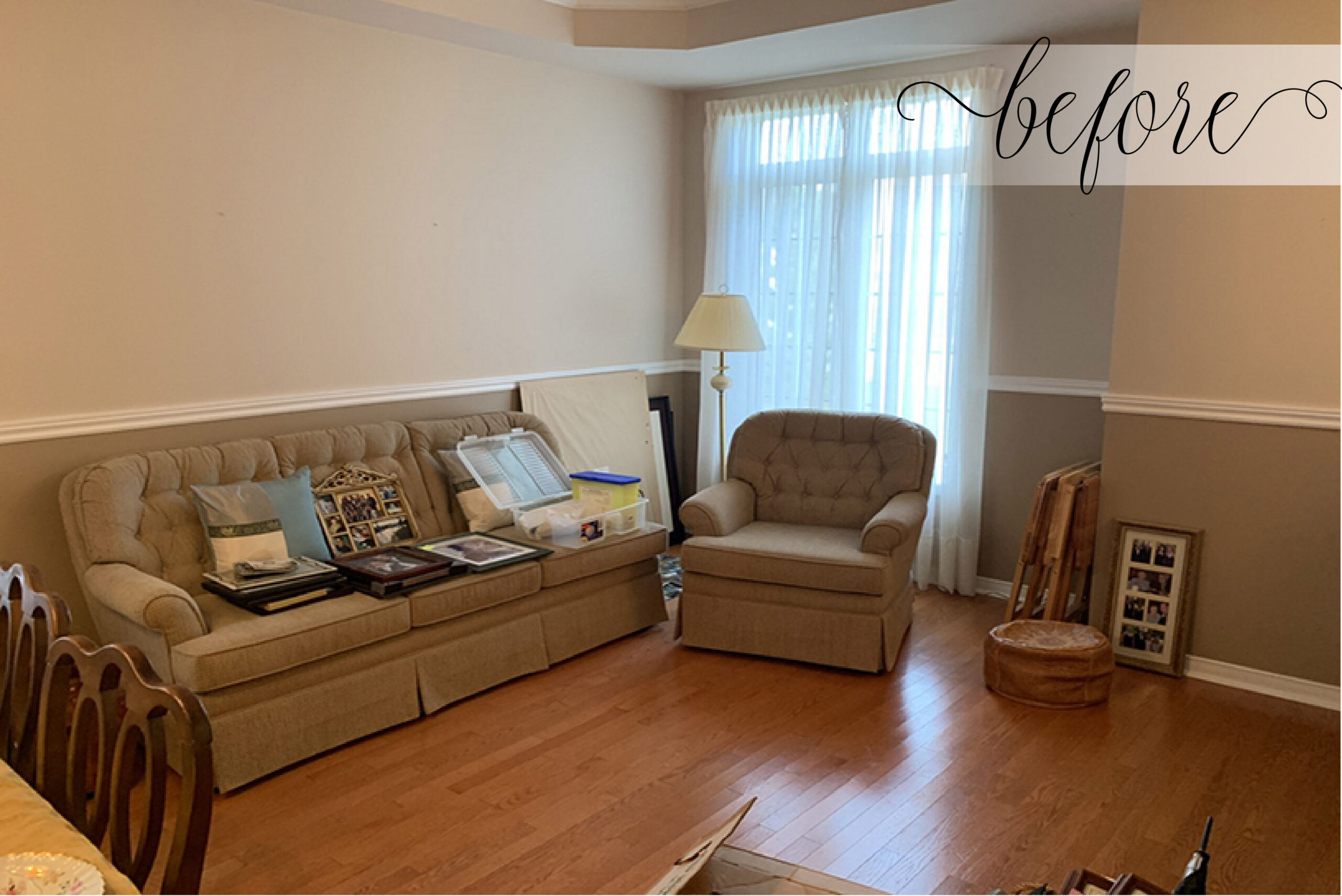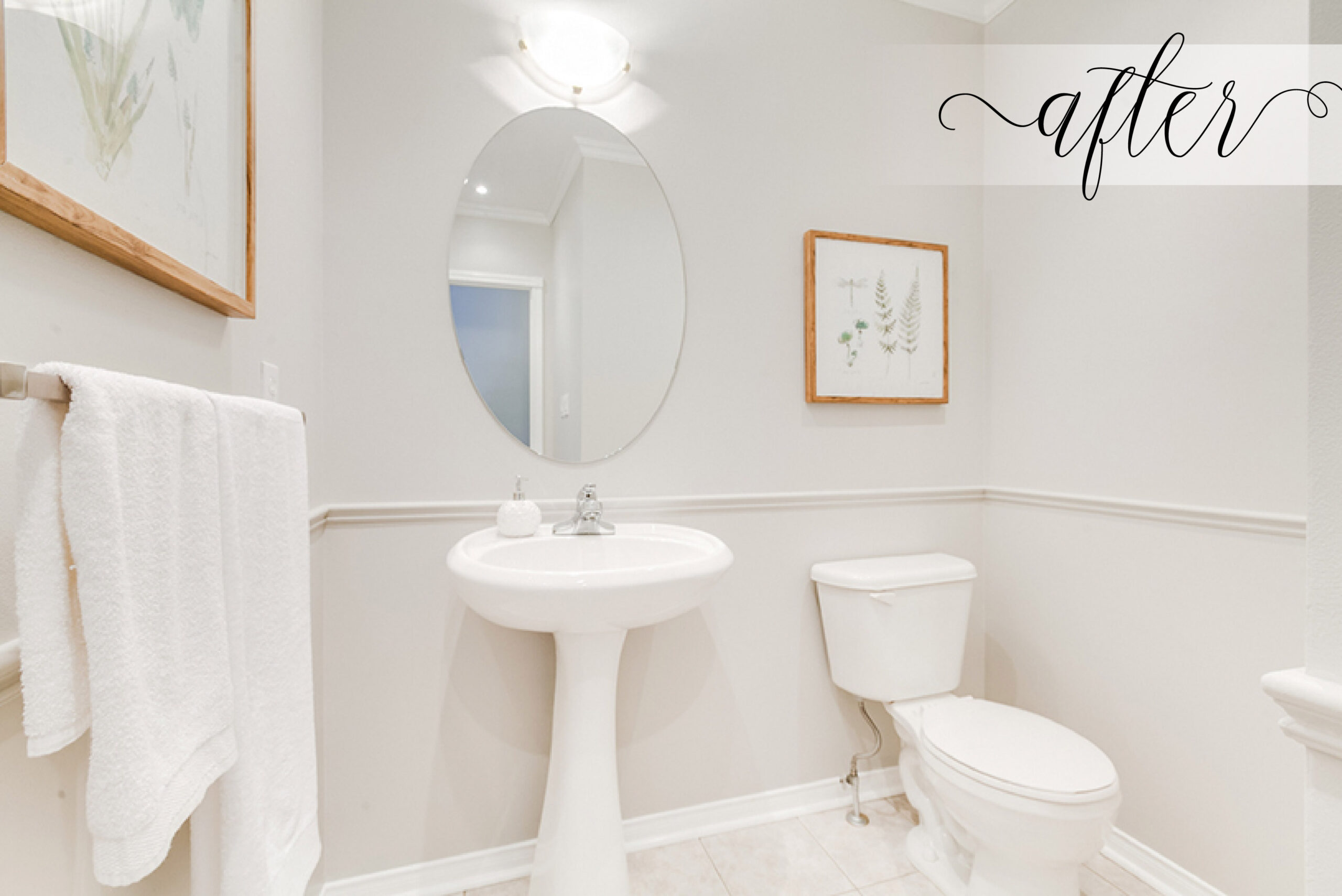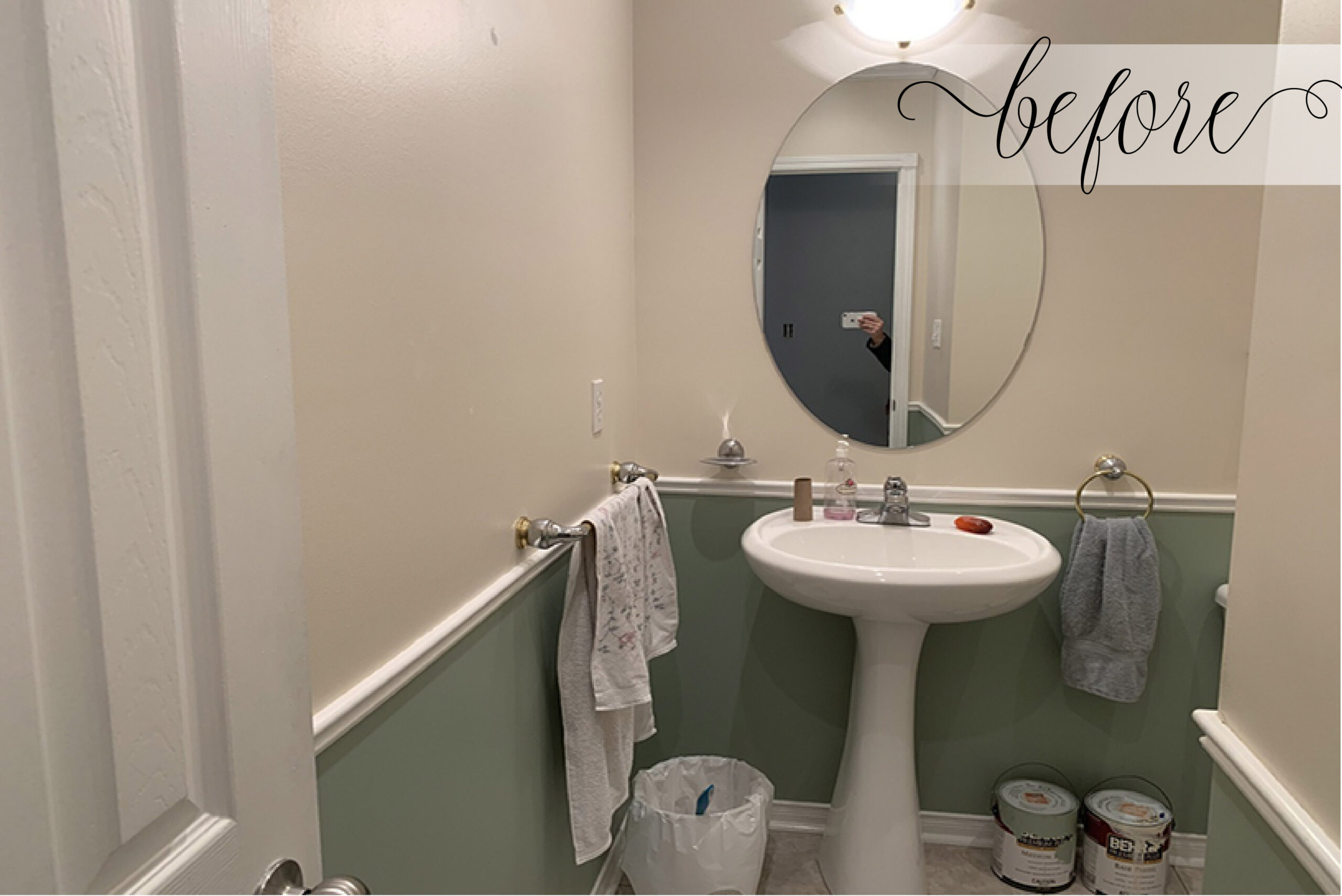
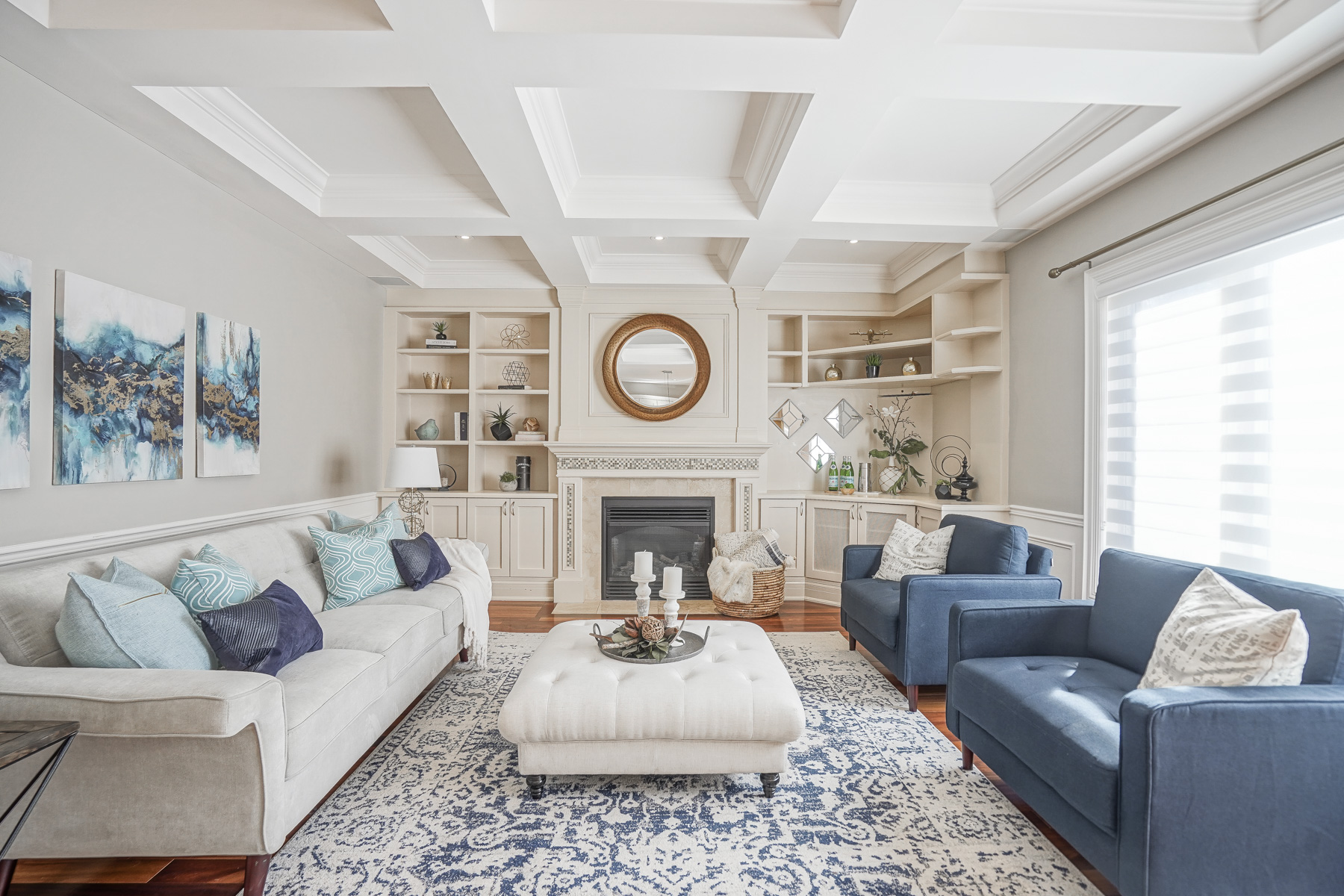

The Psychology Behind Home Staging
Home staging is the process of preparing a property for sale by making it look as appealing as possible to potential buyers. It’s a crucial aspect of selling a home as it can impact the perceived value of a property and the length of time it stays on the market.
However, what many people don’t realize is that there’s a psychology behind home staging that goes beyond just making a space look aesthetically pleasing. Understanding this psychology can give sellers a competitive advantage and help them sell their homes faster and for more money.
First Impressions
The first impression a potential buyer has of a home is critical. It sets the tone for their entire experience of the property and can either leave a positive or negative impact. This is why it’s essential to make sure the exterior of the home is well-maintained, clean and tidy, and that the front door is inviting. Once inside, the home should be clutter-free, clean and well-lit. This creates a positive first impression that will influence the buyer’s perception of the home’s value and appeal.
Emotional Connection
The emotional connection a potential buyer has with a property is just as important as its physical features. Buyers want to imagine themselves living in the home, and a well-staged property helps them to do just that. Home stagers use techniques such as neutral colors, appealing furnishings, and tasteful decorations to create an emotional connection between the buyer and the property. This connection can result in a higher perceived value of the property and a stronger desire to make an offer.
Functionality and Flow
Functionality and flow are critical aspects of home staging. Buyers want to see how the space is used and how it would work for their lifestyle. Home stagers create a sense of functionality by arranging furniture and décor in a way that highlights the flow of the space. This can make rooms look larger and more inviting, and it can also show buyers how they can use the space to meet their needs.
Light and Space
Light and space are crucial components of home staging. A well-lit home feels larger and more inviting, while a poorly lit home can feel cramped and unappealing. Home stagers use natural and artificial light to create a sense of openness and airiness, and they use furniture and décor to create a sense of spaciousness. This can make rooms look larger and more functional, which can increase the perceived value of the property.
Neutrality
Neutrality is a key aspect of home staging. Neutral colors, furnishings, and décor are appealing to a wide range of buyers and help to create a sense of calm and tranquility. Neutral colors also make it easier for buyers to imagine their own belongings in the space. This is why home stagers typically use neutral colors when staging a property, as it allows the buyer to focus on the property itself, rather than being distracted by bold or bright colors.
In conclusion
Home staging is much more than just making a property look appealing to potential buyers. It’s a psychological process that involves creating a positive first impression, creating an emotional connection between the buyer and the property, highlighting the functionality and flow of the space, using light and space to create a sense of openness and spaciousness, and using neutral colors to create a sense of calm and tranquility.
Understanding the psychology behind home staging can help sellers to sell their homes faster and for more money, and it can give them a competitive advantage in a crowded market.


Home staging before & after
annandale
Master Bedroom
Lyndebrook
multi room
hawley
multi room
Mackey
multi room
virtual staging before & after
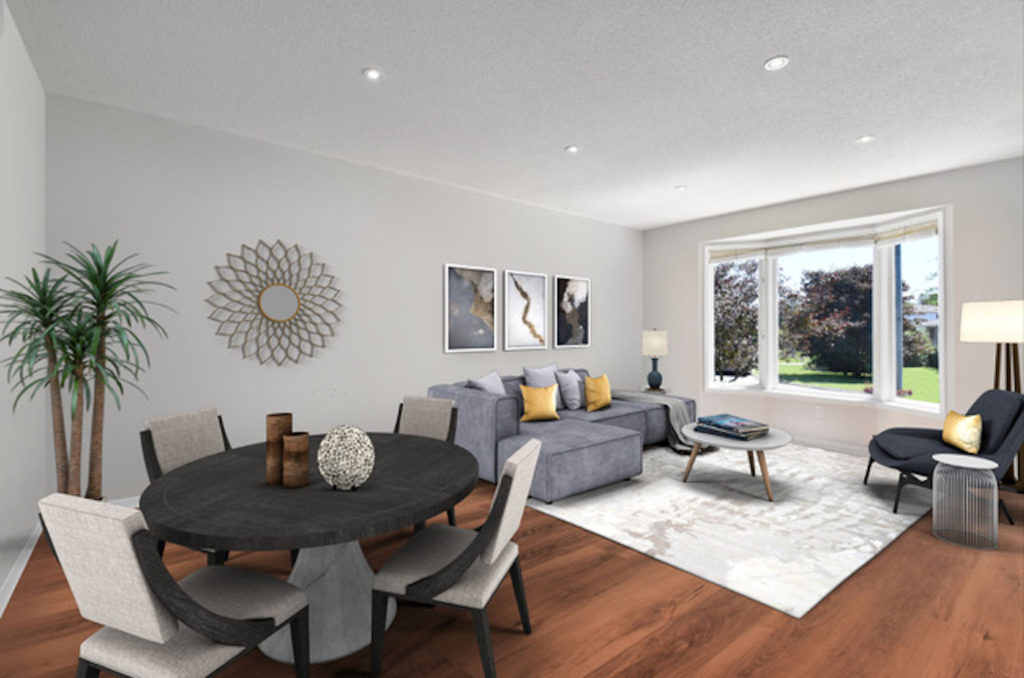

Lloyd
Living room
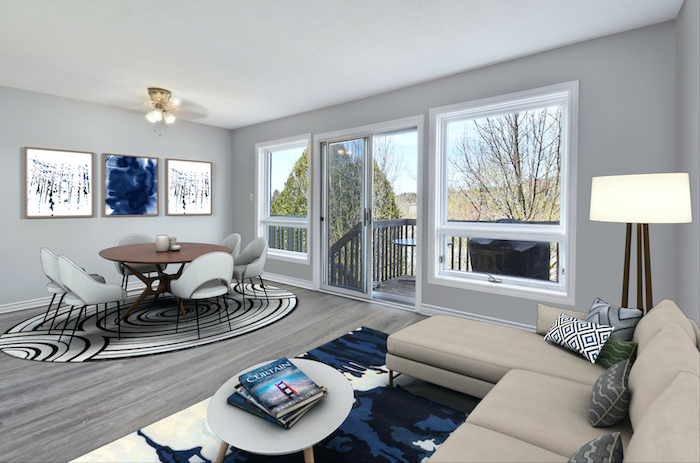
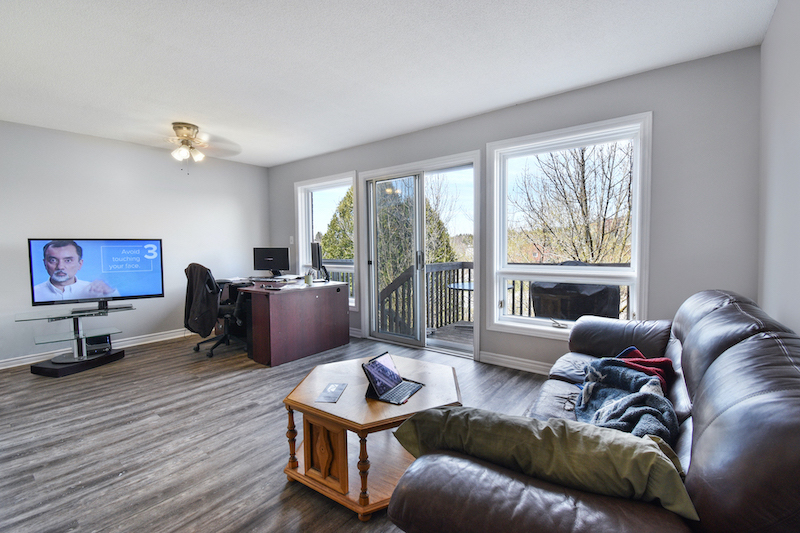
MCKINNON
Dining room
Starting From $1500
Questions About
HOME STAGING?

